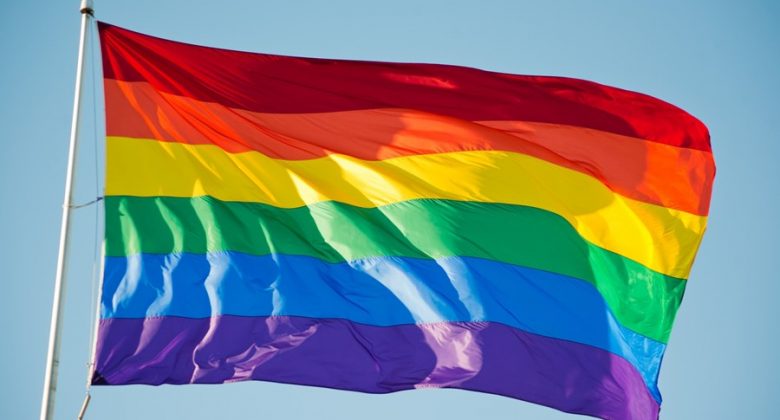After spending an entire morning trawling through the museum’s collections database looking for LGBTQ+ related objects for Bodmin Keep’s latest podcast, I could not find a single record. With the search terms getting increasingly tenuous, and many bound to raise eyebrows should any of my colleagues see my search history, I decided to give up. Unfortunately, this frustrating experience is all too common amongst curators and researchers. We know that queer stories must exist in our museum collections. But then why are they so difficult to find?
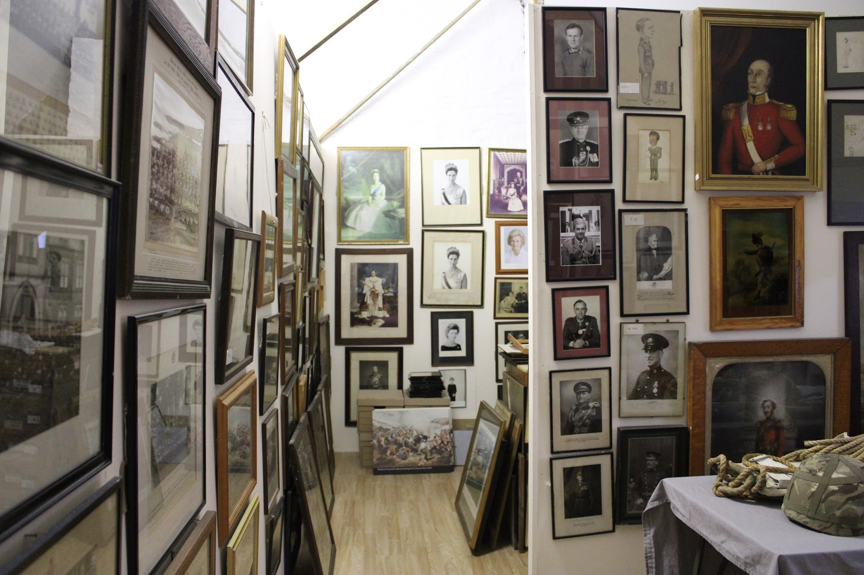
Picture store at Bodmin Keep
Historic criminalization and social prejudice
Firstly the material ‘evidence’ of queer lives often wasn’t created in the first place. Due to the criminalization of homosexuality in countries across the world and discriminatory social attitudes towards same-sex relationships and non-binary gender identities that have persisted for centuries, many queer people were understandably reluctant to leave documentary evidence of their experiences. If they did, often the record would have been encoded, and many such documents would have later been destroyed by families and friends worried about a scandal or reputational damage.
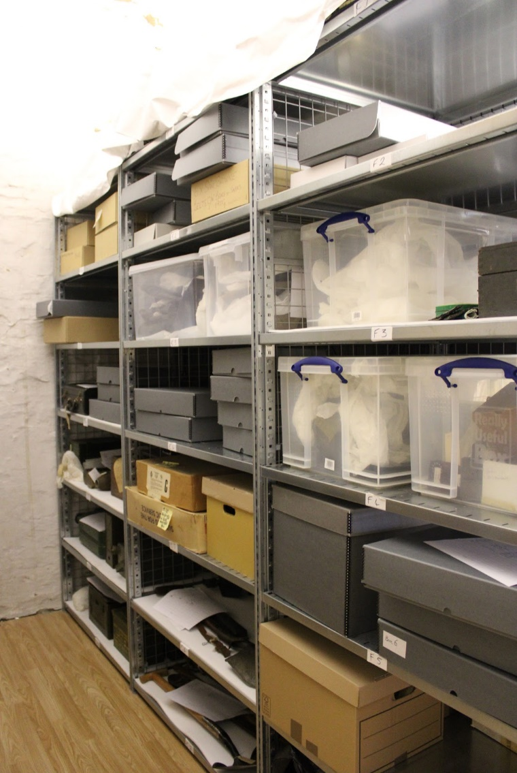
Collections store at Bodmin Keep
A widespread institutional conservatism, bolstered by the legacy of Section 28, the UK law which prohibited the ‘promotion’ of homosexuality in public spaces up until its repeal in 2003, has ensured that LGBTQ+ history remains significantly underrepresented within museums. Furthermore, museums are built by people, so the personal biases of curators inevitably will have shaped the collections. The material culture of queer lives which did exist was likely either not to have been collected at all, or incorrectly documented so that the queer history was erased. Queer narratives behind objects are often invisible without contextual information. Unless an object is explicitly associated with LGBTQ+ life, for example, gay pride paraphernalia, it is assumed to have been used by someone who is heterosexual and cisgendered. Hidden in museum collections may be many objects with queer connections, but they will remain hidden without thorough collections research; work which is often not prioritised due to funding constraints and ongoing institutional uncertainty surround the subject.
What is a ‘queer object’?
There is often a confusion around what constitutes a ‘queer object’. There is an assumption amongst professionals that queer objects can only comprise of items relating to sex. This reinforces misconceptions about LGBTQ+ culture as overtly sexual or risqué; a topic that is inappropriate for public display. By reducing the identities of LGBTQ+ people to sex, complex individuals can become fetishized and dehumanized.
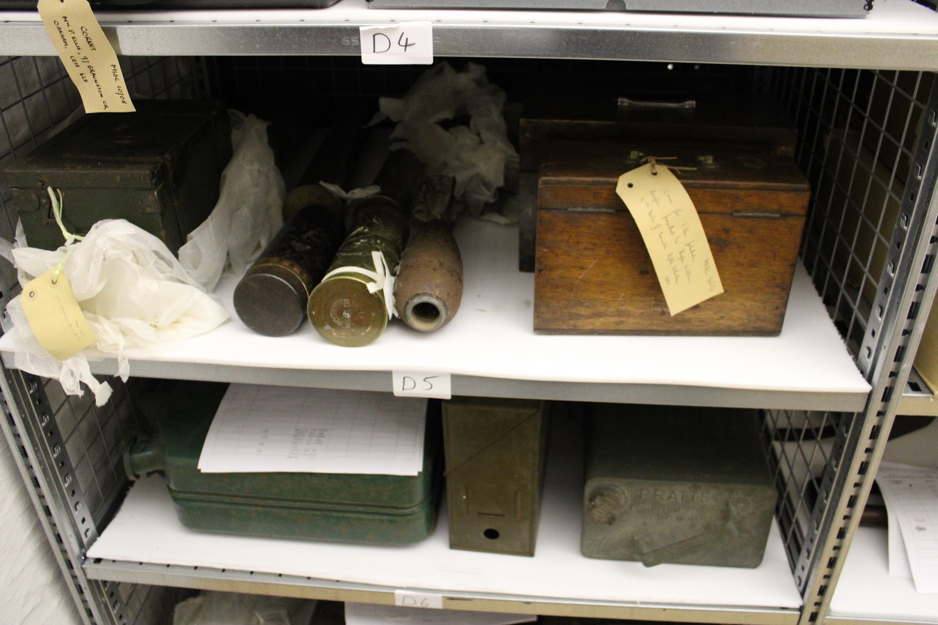
Furthermore, cultural references and associations have altered over time, so that historians today may not always be able to recognise the queer relevance that certain objects may have held in the past. In addition, some objects which may never have held any queer significance may resonate with contemporary LGBTQ+ associations. Another reason why queer objects are difficult to identify is that there is a cultural insistence on rigorous proof needed to prove the LGBTQ+ connection of an object or individual; an insistence which is less often required of objects with a proposed heterosexual connection.
Confusion surrounding terminology
Compounding the issue of cataloguing queer objects is the confusion around the appropriate terminology to use when labelling objects which come from eras before the words ‘gay’, ‘lesbian’, ‘bisexual’, ‘transgender’, and ‘homosexual’ existed. Problems arise when historians try to impose a sexual orientation or gender identity onto historical figures, given that these concepts only began to develop in the late nineteenth century. Before the medicalization of sexuality, these two concepts were often conflated far more than they are today. Given the plethora of identity labels within the LGBTQ+ community, confusion can arise and cataloguers can easily mis-label an object. When museums catalogue objects with LGBTQ+ terms, they run the risk of simplifying complex object histories by assigning them singular identities, as well as potentially enabling researchers with homophobic views to actively exclude objects with these labels from their search.
So…. What’s the solution?
There have been some fantastic efforts in the cultural sector to uncover LGBTQ+ histories in museum collections. Earlier this month a 200 year old diary was discovered by a doctoral student at the University of Oxford. It was written by a farmer who expresses surprisingly tolerant views of homosexuality. The discovery has enriched and challenged historians’ understanding of attitudes towards sexuality in the Georgian era. More research projects such as this one are worth being funded to uncover the queer histories that complicate singular, and often negative, narratives. Volunteers and staff at the Victoria and Albert Museum have re-examined many of their objects and produced an LGBTQ+ trail and run monthly tours that are increasingly popular. As new research is brought to light, collections databases need to be updated to reflect these new stories. There needs to be discussion between museums and their LGBTQ+ communities to decide upon a cataloguing system which identifies queer objects in a sensitive but clear way.
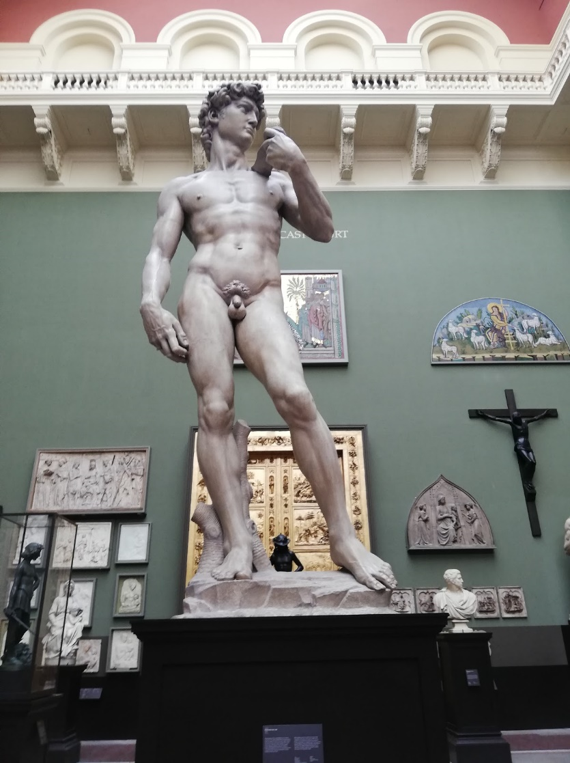
Cast of Michelangelo’s David, included on the V&A’s ‘Out on Display’ LGBTQ+ trail (Photo author’s own)
Museums need to be confident acknowledging that their collections, as they stand, are not representative of queer communities. By admitting there is a lack of knowledge, museums can then take positive action. One option is to start actively collecting objects with LGBTQ+ relevance. The Museum of Transology curated by E-J Scott is a brilliant example of contemporary collecting. All the objects and stories on display in the exhibition were donated by people who identify as transgender, and the labels were written in their own words. The result was a diverse, deeply personal and evocative exhibition which told a story which has been overlooked by museums due to a lack of collections, curatorial knowledge and institutional confidence.

Display from the Museum of Transology at Brighton Museum (2019, Photo author’s own)
Another way around a queer collections deficit is to invite queer artists, creatives and makers to reinterpret museum objects. Through this experimental approach, objects can take on new meanings, irregardless of whether they have been ‘proven’ queer. Instead of decoding what certain objects meant to queer people historically, visitors can ask ‘what do these historical objects mean to queer people today?’ The Tate Britain has produced a trail through their permanent galleries titled ‘A Queer Walk Through British Art’. Each object on the trail has been chosen by an artist, activist or staff member, and their reasoning for inclusion is often personal and/or aesthetic, rather than historical. A trail like the Tate’s is a brilliant way to include LGBTQ+ representation in a museum which may not have explicitly queer objects on display.
LGBTQ+ interpretation in museums is an exciting and underexplored area of museum work. There is great potential for projects that experiment with community co-curation, digital engagement and audience participation. We as curators should take up this opportunity to write queer lives back into history, enriching our collective cultural understanding and creating inclusive spaces which fully represent our visitors.
Listen to our latest podcast Gay & in Uniform
Sarah is a Trainee Curator at Bodmin Keep. She has an MA in Museum Studies and wrote her dissertation on LGBTQ+ museum trails. She is interested in exploring issues within contemporary identity politics and uncovering ‘hidden histories’ in her curatorial practice.

Further reading
Ferentinos, S. (2015) Interpreting LGBT History at Museums and Historic Sites. London: Rowaman & Littlefield.
Frost, S. (2008) ‘Secret Museums: Hidden Histories of Sex and Sexuality’. Museums and Social Issues. 3(1): 29-40. DOI: 10.1179/msi.2008.3.1.29
Mills, R. (2010) ‘Queer is Here? Lesbian, Gay, Bisexual and Transgender Histories and Public Culture’. Levin, A. (ed) Gender, Sexuality and Museums. London: Routledge. 80-89.
Mills, R. (2008) ‘Theorizing the Queer Museum’. Museums & Social Issues. 3(1): 41-52. DOI: 10.1179/msi.2008.3.1.41
Sandell, R. & Smith, M. (2018) ‘Bringing Queer Home’. In: Sandell, R., Lennon, R. & Smith, M. (eds) Prejudice and Pride: LGBTQ Heritage and it’s Contemporary Implications. Leicester: Research Centre for Museums and Galleries (RCMG). 38-49.
Scott, E (2018) ‘The Museum of Transology: protesting the erasure of transcestry’ In: Sandell, R., Lennon, R. & Smith, M. (eds) Prejudice and Pride: LGBTQ Heritage and it’s Contemporary Implications. Leicester: Research Centre for Museums and Galleries (RCMG). 18-21.
Steorn, P. (2012) ‘Curating queer heritage: queer knowledge and museum practice’. Curator: The Museum Journal. 55(3): 355-365. DOI: 10.1111/j.2151 6952.2012.00159.x
Tate Britain (2019) ‘A queer walk through British Art’. Plan Your Visit. [online] https://www.tate.org.uk/whats-on/tate-britain/queer-walk-through-british-art-launch [Accessed 08/09/19].
Victoria and Albert Museum (2017) ‘Out on Display’.
Available at: https://vanda-
production-assets.s3.amazonaws.com/2017/07/06/14/45/58/a73d5774-a1dc-4f1d-bfdc-6625a65a1fbe/Out%20on%20Display_%20LGBTQ_V7_web.pdf [Accessed 20/05/19].
Winchester, O. (2014) ‘Of chaotic desire and the subversive potential of things’. In: Horn, A., Winchester, O. & Smith, M. (eds) Queering the Museum. [online] Available at: http://mattjsmith.com/wpmatt/wp-content/uploads/2014/10/QTM.pdf [Accessed 03/09/19].
Vanegas, A. (2002) ‘Representing lesbians and gay men in British social history museums’. In: Sandell, R. (ed) Museums, Inequality and Society. Oxon: Routledge.
Vincent, J. (2014) LGBT People and the UK Cultural Sector: The Response of Libraries, Museums, Archives and Heritage since 1950. Farnham: Ashgate Publishing Ltd.

